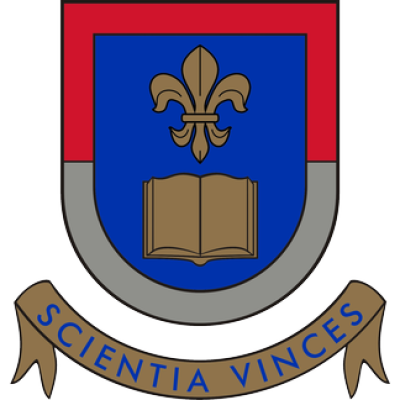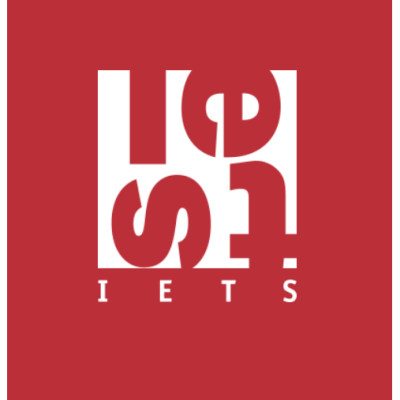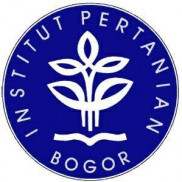
UNICAMP - State University of Campinas
Details
About
Unicamp is responsible for 8% of academic research in Brazil, 12% of national postgraduate studies and maintains leadership among Brazilian universities with regard to patents and the number of articles per capita published annually in journals indexed in the ISI database /WoS. The University has approximately 34,000 students enrolled in 66 undergraduate courses and 153 graduate programs.
The annual average of theses and dissertations defended is 2,100 and 99% of its professors hold a doctorate. This teaching and research battalion leads the per capita national ranking of scientific publications in cataloged international journals. If academic production is calculated by the performance of each researcher, Unicamp is currently the most productive Brazilian university.
Every year, around 800 doctors are formed, a mark capable of arousing admiration even in leaders of some American and European universities. And in five decades, Unicamp has trained more than 65,000 young professionals in its undergraduate courses. In addition, thousands of professionals trained at the university work in companies, government and social organizations, contributing to the economic and social development of the country. As a scientific and cultural hub, the University brought together big names in academia. Among them, Cesar Lattes, André Tosello, Gleb Wataghin, Vital Brasil, Giuseppe Cilento, Octávio Ianni, Almeida Prado and Bernardo Caro, among many others.
Located in the State of São Paulo, Unicamp has three campuses — in Campinas, Piracicaba and Limeira — and comprises 24 teaching and research units. It also has a vast health complex (with two large hospital units on the Campinas campus), as well as 23 interdisciplinary centers and centers, two technical colleges and a series of support units in a universe where around 50,000 people live together and thousands of people develop. of research projects.
Unicamp is an autarchy, autonomous in educational policy, but subordinated to the State Government with regard to subsidies for its operation. Thus, financial resources are obtained mainly from the Government of the State of São Paulo and from national and international development institutions.
The campus is named after its founder, Zeferino Vaz, who designed it. The University City "Zeferino Vaz" is located in the district of Barão Geraldo, northwest region of Campinas. It is 12 km from the city center.
Unicamp was officially founded on October 5, 1966, the day its foundation stone was laid. Even in a recent university context, Unicamp can be considered a young institution that has already achieved a strong tradition in teaching, research and relations with society.
Unicamp's installation project responded to the growing demand for qualified personnel in a region of the country that already in the 1960s had 40% of Brazil's industrial capacity and 24% of its economically active population.
One characteristic of Unicamp was that it escaped the Brazilian tradition of creating universities by simply accumulating courses and units. Unlike most institutions, it was created from an idea that encompassed its entire current set. Suffice it to say that, even before it was installed, Unicamp had already attracted more than 200 foreign professors from different areas of knowledge and about 180 from the best Brazilian universities.
Awards
Top partners

Top competitors








